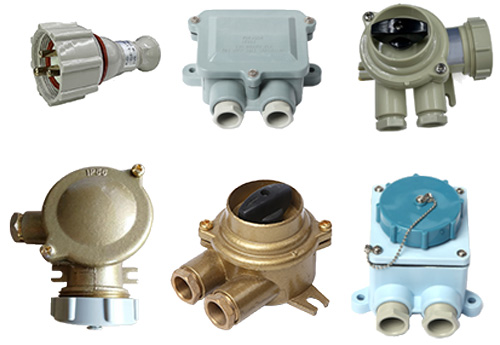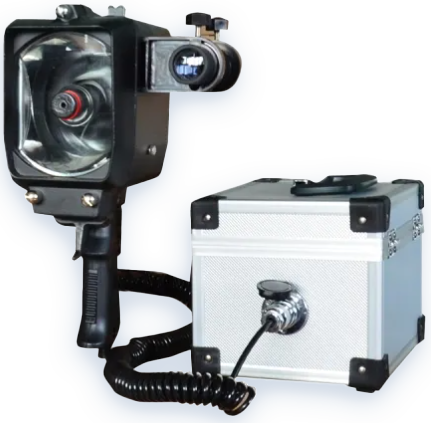Marine Electrical Connectors are indispensable foundational components in ship electrical systems. They enable power transmission and signal connection for key equipment (e.g., marine lighting, auxiliary navigation tools) — without reliable connectors, even high-performance electrical devices cannot work properly.
Ships operate in harsh environments: high salt spray, elevated humidity, dust accumulation, and occasional seawater/rain splashes. Ordinary land-based connectors fail here — they easily suffer poor contact (from dust), short circuits (from water), or corrosion-induced aging. Thus, "adaptation to marine environments" is the core design requirement for Marine Electrical Connectors.
To judge if a connector fits ship needs, focus on two core indicators:
IP56 is the most common basic rating for marine connectors:
IP5 (Dust Protection): Blocks external dust from entering, avoiding contact oxidation or poor connectivity.
IP6 (Water Protection): Resists water jets/splashes (rain, seawater on decks), reducing water-caused circuit failures.
Materials must meet basic weather resistance to handle mild corrosion and temperature fluctuations:
Housings: Conventional engineering plastics (e.g., nylon) — offer impact/temperature tolerance for cabin/deck environments.
Contacts: Corrosion-resistant metals (e.g., nickel-plated brass) — ensure stable conductivity in low-salt-spray, moderate-humidity conditions while controlling costs.

Based on their performance, Marine Electrical Connectors are widely used in:
Connect cabin/deck lights (fluorescent, incandescent) to ensure stable power supply.
Provide signal/power interfaces for simple navigation devices (e.g., basic navigation signal lights) and on-board communication tools.
Adapt to non-core equipment: cabin ventilators, small auxiliary pumps, and domestic power sockets.
Serve as standardized replacement parts for aging systems — no need to modify original wiring, enabling quick restoration of basic electrical functions.
Ensure connectors meet local marine standards (e.g., basic certification from classification societies) to avoid issues with ship inspection/operation.
No need for over-specification: coastal/inland ships only require IP56-rated connectors with basic materials — avoid unnecessary cost for unused performance.
Regularly check connector mating status and clean dust/salt spray residues to prevent poor contact and extend service life.
Though not "core power components" of ships, Marine Electrical Connectors are the "foundational link" for stable electrical system operation. Understanding their performance indicators and application logic helps select suitable connectors and ensures the safety, stability, and cost-effectiveness of daily ship operations.

GET A QUOTE